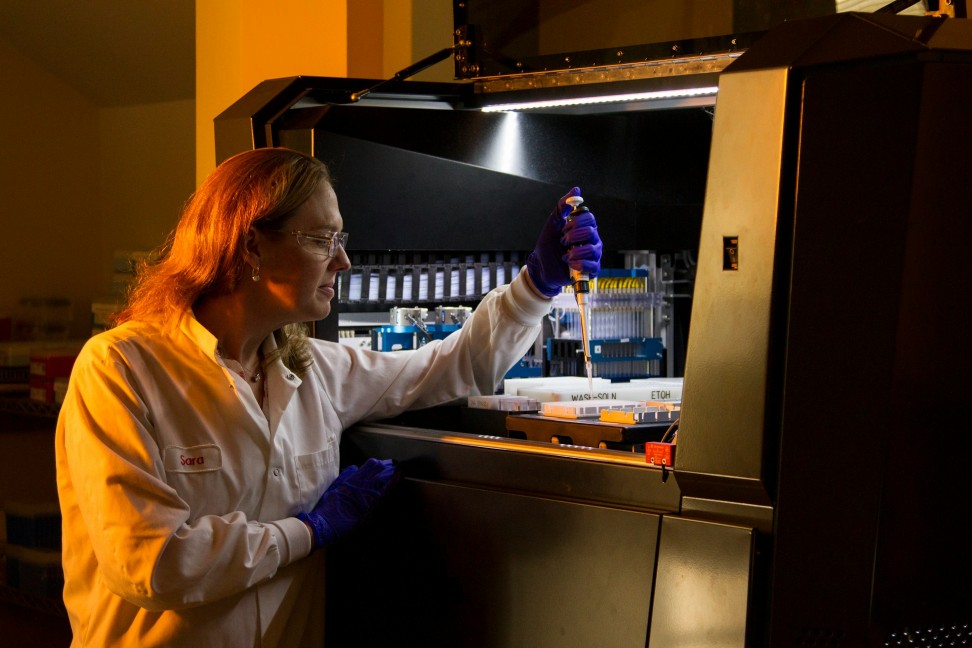The Role of Artificial Intelligence in Improving Driving Safety
In recent years, we have seen significant advancements in technology that have had a profound impact on various aspects of our lives. One area where these advancements have been particularly noticeable is in the field of transportation, specifically in the development of autonomous vehicles. At the heart of this revolution lies artificial intelligence (AI), which plays a crucial role in improving driving safety. In this blog post, we will explore the different ways in which AI is enhancing safety measures on our roads.
One of the primary objectives of AI in the context of driving safety is the mitigation of human error. According to the National Highway Traffic Safety Administration, nearly 94% of all accidents on the road are caused by human error. With the integration of AI systems into vehicles, the potential for human error can be significantly reduced, thereby making our roads safer. AI-powered technologies such as lane departure warning and automatic emergency braking systems can detect and respond to potential hazards more quickly and accurately than human drivers. These systems use a combination of sensors, cameras, and algorithms to monitor the surroundings and take necessary actions to avoid accidents. By constantly scanning the environment, AI can detect potential dangers that may go unnoticed by human drivers, such as sudden lane changes or pedestrians crossing the road.
Furthermore, AI can play a vital role in reducing the number of drunk driving incidents. According to the Centers for Disease Control and Prevention, alcohol-impaired driving accounts for roughly 28% of all traffic-related deaths in the United States. With the ability to detect intoxication levels of drivers through advanced sensors, AI can prevent vehicles from starting or operating if the driver is under the influence of alcohol or drugs. By eliminating the human error factor associated with impaired driving, AI technology can significantly contribute to reducing the number of accidents caused by drunk driving.
Another way AI is improving driving safety is through its ability to predict and analyze traffic patterns. AI algorithms can process vast amounts of data collected from various sources, including traffic cameras, GPS systems, and traffic apps, to identify congested areas, accident-prone zones, and road hazards. Armed with this information, AI systems can alert drivers, reroute them to safer and less congested routes, and even optimize traffic signals to improve the overall flow of vehicles on the road. By minimizing traffic congestion and promoting smoother traffic movement, AI can help reduce the likelihood of accidents caused by impatient or distracted drivers.
Moreover, AI technology can assist in the development of smart infrastructure, further enhancing driving safety. Smart traffic lights, for example, can be programmed to adjust signal timings based on real-time traffic data, reducing the occurrence of red-light violations and consequently, accidents at intersections. Additionally, AI-powered road sensors can detect adverse weather conditions, such as ice or heavy rainfall, and inform drivers in advance, allowing them to adjust their driving behavior accordingly. With the integration of AI into traffic management systems, we can create a cohesive and intelligent transportation ecosystem that prioritizes safety above all else.
It is important to note that while the role of AI in driving safety is undeniably significant, it is not without its challenges. One of the primary concerns is the question of liability in the event of an accident involving an autonomous vehicle. Who should be held responsible: the manufacturer, the AI system, or the human passenger? The legal framework surrounding AI and autonomous vehicles is still developing and will need to address these issues to ensure accountability and establish a clear set of guidelines and regulations.
In conclusion, artificial intelligence is playing a crucial role in improving driving safety. By reducing human error, detecting intoxicated drivers, predicting traffic patterns, and assisting in the development of smart infrastructure, AI is transforming our roads into safer environments. However, it is crucial to continue refining this technology and navigating the legal and ethical challenges it presents. As this field continues to evolve, we can look forward to a future where driving accidents become a rarity, and the roads become a safer place for all.














